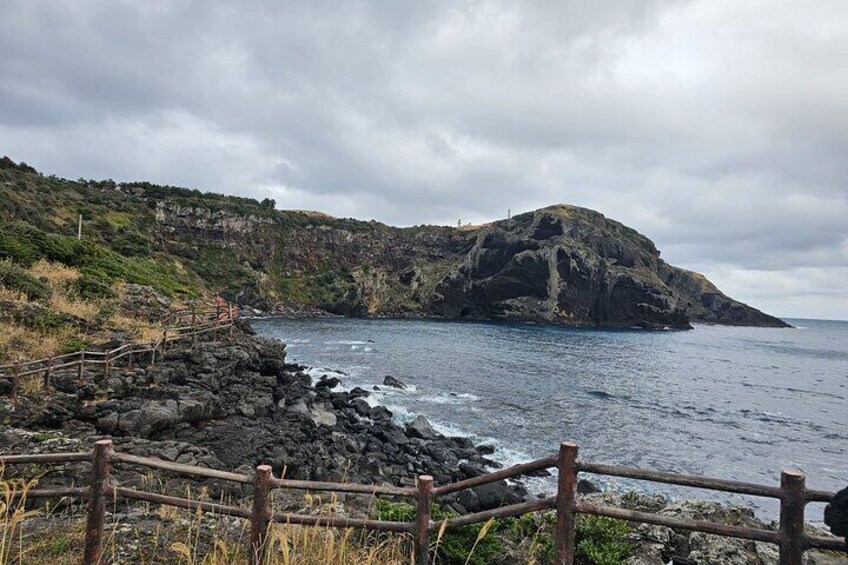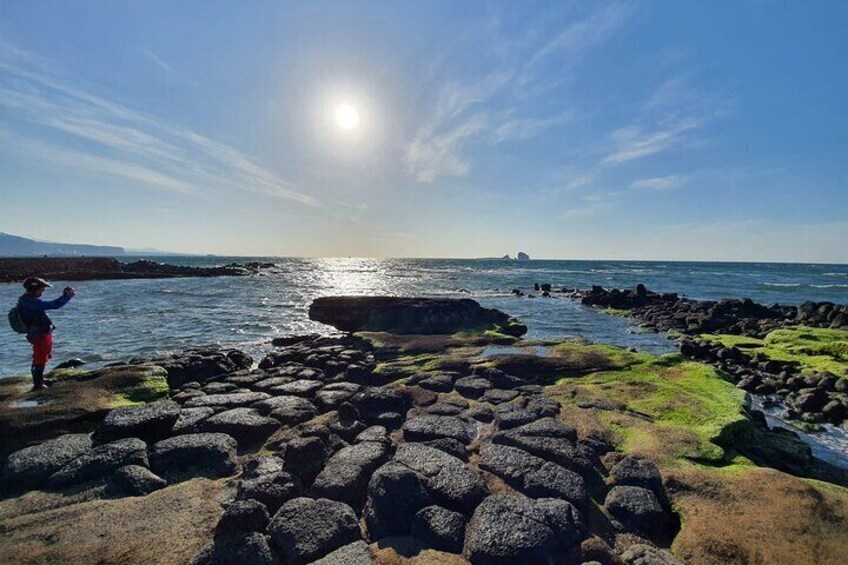




Jeju Day Tour - World Heritage & UNESCO
By Jeju Taxi Tour Namyang Travel
9.0 out of 10
Wonderful
Free cancellation available
Features
Overview
Activity location
Meeting/Redemption Point
Check availability
Jumbo Taxi / Minivan Tour
Jumbo Taxi / Mini-Van
Pickup included
Price details
€387.86 x 1 Traveller€387.86
Total
Regular taxi
Regular Taxi
Pickup included
Price details
€275.81 x 1 Traveller€275.81
Total
Mini-BUS Tour
mini-bus tour
Pickup included
Price details
€724.00 x 1 Traveller€724.00
Total
What's included, what's not
Know before you book
- Suitable for all physical fitness levels
- If Manjanggul Cave is closed (on the first Wednesday of every month), Jeju Haenyeo Museum will be offered as an alternative tour
- Up to 4 people use a regular taxi, 5 people or more people use a jumbo taxi or minivan, 9 or more people use mini-bus
- When departing from Seogwipo, Go to the Seongsan Ilchulbong, Oedolgae, Jeongbang Waterfall, jusanjeoli cliff and Choose One (Manjanggul Cave or Osulloc.)
- When departing from Jeju city , Go to the Hamdeok Beach, Manjanggul Cave, Woljeongri Beach, Seongsan Ilchulbong, and Choose One (Seopjikoji or Seongeup Folk Village )
- Manjanggul Cave, a World Natural Heritage site, will be closed for safety inspection and internal construction as follows. Suspension of operation 2023.12.29. ~ 2025.08.31. so, replaced by another place.
- In accordance with EU regulations about consumer rights, activities services are not subject to the right of withdrawal. Supplier cancellation policy will apply.
Activity itinerary
Location
Activity location
Meeting/Redemption Point
Best Deals on Things to Do
Experience the wonders of the world up close with great deals on things to do near and far. Expedia offers one-of-a-kind activities that allow you to explore Seogwipo your way. Whether you love nature, culture, food or a bit of adventure, we have the perfect activity for you.
Top experiences in Seogwipo
With so many things to do in Seogwipo, planning the perfect day out may seem like a daunting task. Expedia is here to take the hassle out of finding the best attractions, tours and activities in Seogwipo. Families, couples and business travellers can all find the perfect activity in Seogwipo to create life-long memories with the help of Expedia.